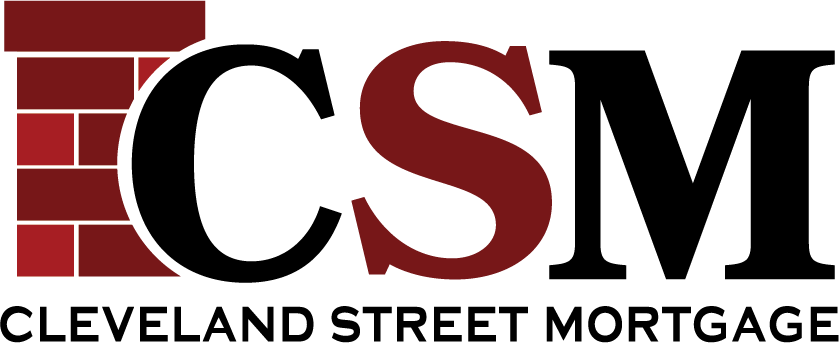Buying a home is an exciting journey, but it comes with its share of expenses—one…
Getting A Mortgage When Self-Employed (With Video)
If you’re self-employed and considering getting a loan, you might be wondering if it’s more challenging to secure financing compared to traditional employees. The answer to this question is not a simple yes or no. In this blog post, we’ll delve into the intricacies of self-employment and lending, discussing why it can be harder in some ways while not impossible in others. We’ll explore the documentation requirements, underwriting processes, misconceptions about self-employment, determining income, and offer tips to navigate the loan application successfully.
The Complexities of Self-Employment and Loans
When it comes to self-employment and loan applications, the answer isn’t black and white. Collectively, the process is more involved for self-employed individuals. It entails providing additional documentation, such as tax returns for your business, personal tax returns, or both. There are more hoops to jump through, and potential challenges to navigate. However, for specific individuals with established and profitable businesses, the underwriting process can be smooth and straightforward.
Understanding Underwriting and Risk Assessment
Underwriters, who evaluate loan applications, consider various factors, including your credit history, income stability, asset reserves, and the type of employment. Self-employment is generally considered a higher risk than being employed by someone else. The underwriting process for self-employed individuals tends to be stricter due to multiple layers of risk assessment. However, this doesn’t mean that obtaining a loan as a self-employed person is impossible. Many self-employed individuals have successfully secured financing.
The Changing Landscape of Underwriting for Self-Employed
Prior to the financial crisis, underwriters mainly relied on tax returns to assess income. They would look at the adjusted gross income and divide it by 12 to determine qualification. However, after the crash, underwriters faced increased scrutiny and were expected to delve deeper into tax returns and business understanding. This shift demanded a broader comprehension of tax complexities, making it essential to work with professionals who understand tax returns and business dynamics.
What Counts as Self-Employment? From a lending standpoint, being self-employed is defined as owning 25% or more of the primary source of income. Some misconceptions exist regarding self-employment, such as assuming that paying oneself a salary as a W-2 employee negates self-employment status. However, regardless of the payment structure, if you own 25% or more of the business, you are considered self-employed. On the other hand, if you’re a partner or owner without meeting the ownership threshold, you won’t be categorized as self-employed for underwriting purposes.
Tips for Self-Employed Individuals Seeking Financing
If you’re planning to become self-employed and intend to secure financing for residential real estate shortly thereafter, consider delaying ownership of the business until you’ve obtained the necessary financing. This strategic approach can help you navigate the underwriting process smoothly. Additionally, if you’re currently employed and planning to transition to self-employment, consider accelerating the process before giving notice. It’s important to consult with a loan professional who can guide you through the intricacies of financing.
Determining Income as a Self-Employed Individual
Self-employment income analysis requires a two-year history of filed tax returns. It’s crucial to understand that the two-year requirement refers to filed tax returns, not simply two years after starting self-employment. For example, if you become self-employed in mid-2023, you would need to wait until mid-2025 to have two years of filed tax returns (for the years 2023 and 2024) to qualify for financing.
While it may be harder for self-employed individuals to secure loans due to additional documentation and stricter




